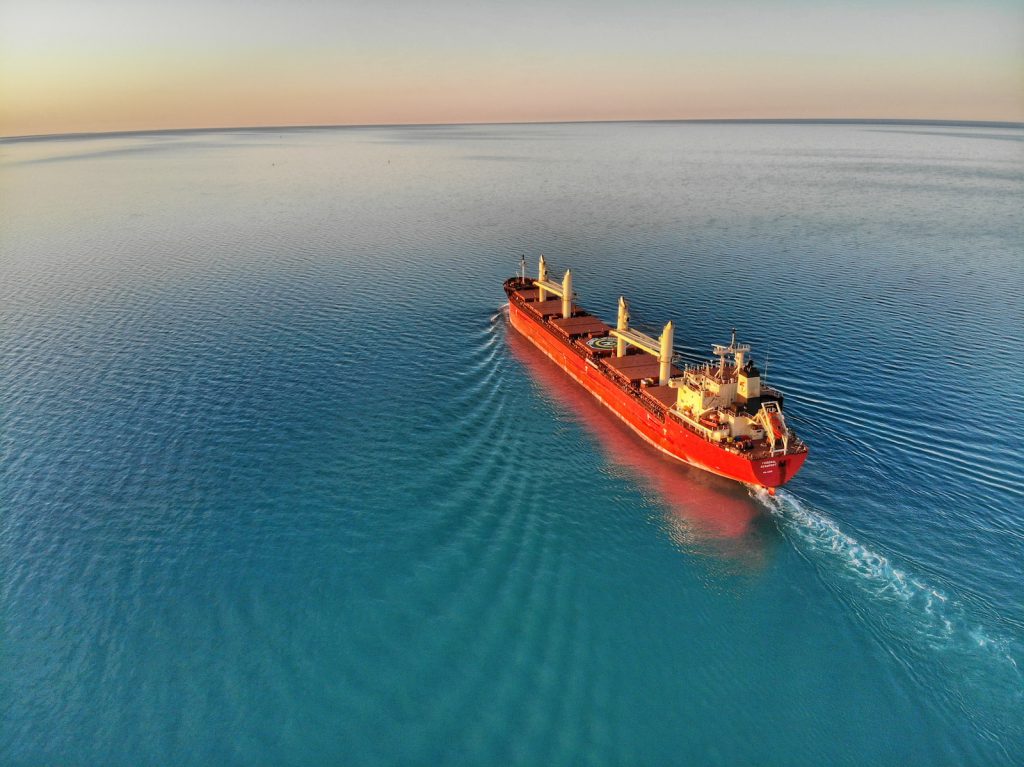The global shipping industry is constantly evolving, and shipowners are always on the lookout for new opportunities to increase their profits. One area that is gaining attention is the trade of liquefied petroleum gas (LPG). According to industry experts, 2024 is expected to see a significant increase in LPG trade, and shipowners are taking notice.
What is LPG?
LPG, or liquefied petroleum gas, is a byproduct of natural gas and crude oil production. It is a clean-burning fuel that is used for a variety of purposes, including heating, cooking, and transportation. LPG is also commonly used as a feedstock for the production of petrochemicals.
(More reading: What is LPG and why should we care?)
Why the Increase in LPG Trade?
The demand for LPG is on the rise, particularly in developing countries where there is a growing need for clean and affordable energy sources. This has led to an increase in LPG production, and as a result, more opportunities for trade.
In addition, the International Maritime Organization (IMO) has implemented new regulations to reduce emissions from ships. This has led to a shift towards cleaner-burning fuels, such as LPG, in the shipping industry. As a result, shipowners are looking to invest in LPG-powered vessels and increase their LPG trade.
Benefits of LPG Trade for Shipowners
There are several benefits for shipowners who choose to invest in LPG trade. Firstly, LPG is a cost-effective fuel, which can lead to significant savings for shipowners. It is also a cleaner-burning fuel, which can help shipowners meet the IMO’s emissions regulations and improve their environmental footprint.
Moreover, LPG trade offers diversification for shipowners, as it is not as heavily regulated as other fuels, such as diesel or heavy fuel oil. This allows for more flexibility in terms of pricing and supply.
Challenges for Shipowners
While the potential for increased LPG trade is promising, there are also challenges that shipowners may face. One of the main challenges is the lack of infrastructure in some regions, which can make it difficult to transport and store LPG. This can lead to higher costs and longer transit times.
In addition, there is also the risk of volatility in LPG prices, which can impact the profitability of LPG trade. Shipowners will need to carefully monitor market trends and adjust their strategies accordingly.
Looking Ahead to 2024
Despite the challenges, the future looks bright for LPG trade in 2024. The demand for LPG is expected to continue to grow, and with the IMO’s emissions regulations in place, more shipowners are likely to turn to LPG as a fuel source. This presents a significant opportunity for shipowners to increase their profits and contribute to a cleaner and more sustainable shipping industry.
In conclusion, shipowners are eyeing the potential for increased LPG trade in 2024. With its cost-effectiveness, environmental benefits, and potential for diversification, LPG trade is an attractive option for shipowners looking to stay ahead in the ever-changing shipping industry.

